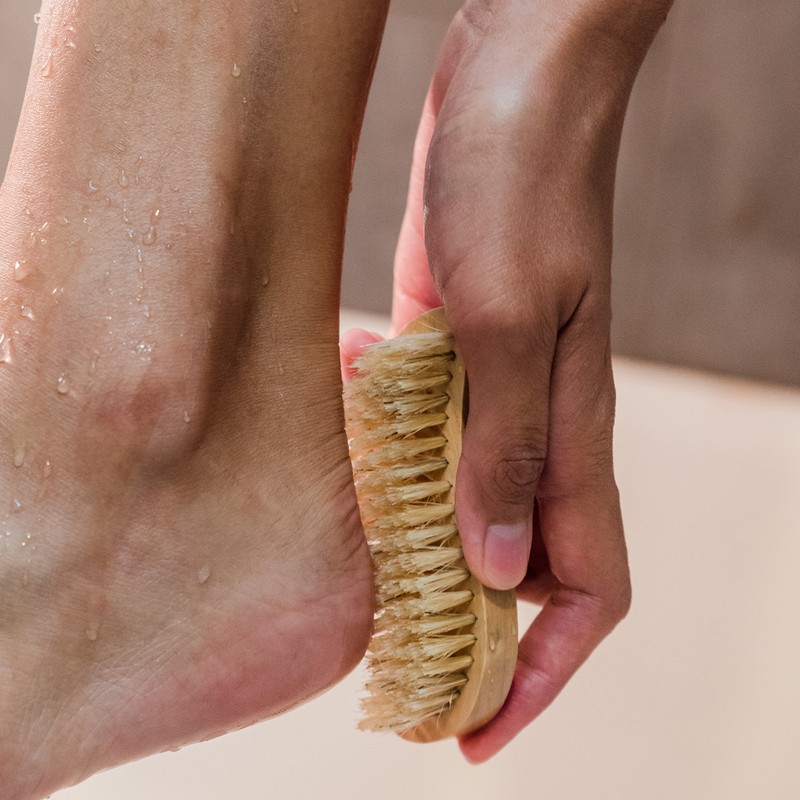
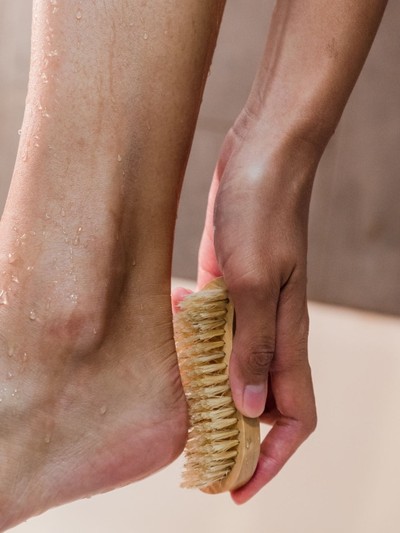
7 Podiatrist Tips For Summer-Ready Feet
Start With The Nails
If it’s been a while since your last pedicure or if you’re someone who wears polish on your toes back-to-back, you could be at risk of a nail infection. Podiatrist Paul Macaulay tells us fungal nail infections are one of the most common issues he deals with in his clinic at this time of year. “As we head into the warmer months, around a third of a podiatrist’s caseload will be dealing with fungal infections – they are more common than most people think. The tell-tale signs of an infection include discolouration on the toes, dry and brittle nails, nails that have a yellow-ish tinge or corners and edges that seem to be lifting.” This may sound like the kind of problem that can be covered up with polish. But Paul warns that ignoring the problem will only make it worse and, if left untreated, can lead to nail loss and more complicated infections. Dina Gohil, podiatrist, recommends allowing nails to breathe for a month or two between polish applications, and using over-the-counter products like Nailner, Lamisil or Daktarin to deal with infections.
Deal With Dry Skin
All the foot creams in the world won’t work if you leave the hard, dry skin in place, so investing in a quality foot file is a good idea. “Foot filing should always be done on dry skin – no exceptions – as wet skin masks the areas that need to be treated, weakens the tissues and makes the skin more prone to infection,” adds Simone Paul, senior podiatrist at The Footlift London. If your heels are very cracked, it’s worth booking in with a podiatrist to nip any problems in the bud. “Cracked heels require professional podiatric attention,” Simone stresses. “Any hard skin causing cracks must be removed with sterile medicated dressings to avoid potential bacteria from entering the skin and causing a wound.”
Opt For Foot-Focused Products
Using your body moisturiser on your feet won’t cut it, says podiatrist Margaret Dabbs, who explains the skin on your feet is 12 times thicker than the rest of your body. “Look out for specific ingredients, such as emu oil, which has been used for thousands of years. It will transform even the driest of feet and leave them silky smooth and rejuvenated.” Antibacterial ingredients like pure oregano and Manuka tree oils are also good for soothing dry areas, while products containing salicylic and benzoic acids will target infection and remove dead skin cells. “Your feet have more than 250,000 sweat glands, which can create the perfect environment for nail fungus,” adds Simone. “Especially as the weather gets warmer, foot hygiene is essential for healthy feet. Feet must be cleansed regularly and kept as clean as possible both to prevent cracks in the skin – which form a portal of entry for bacteria and fungus to form – and to avoid infection.”
Choose Your Sandals Wisely
Allowing the feet to breathe with a pair of sandals is a wise decision in the summer months, but support is key, says Dina. “Sandals that have a solid foot bed and support the midfoot with ankle straps and a rubber sole are the gold standard – they will support your feet while you are walking. Avoid wearing sandals that are completely flat with no structure. The danger of wearing sandals with no support is that they put strain on the anatomy of your feet and can affect the body higher up, too. Flat sandals put pressure on the balls of your feet, making them work harder, which can lead to pain. When the midfoot gets little to no support, long-term effects include straining, tearing and conditions such as plantar fasciitis, which is commonly recognised as heel pain.”
Nail Your At-Home Technique
Get into the habit of checking your toenails every week, cutting or filing them as needed, advises Paul. “Always cut your nails straight across and file the corners to shape them. Avoid cutting toenails down to the edges to give them a rounded appearance, as this can lead to ingrown toenails.” Marion Yau, podiatrist at The Harley Medical Foot & Nail Laser Clinic, recommends soaking feet in warm water for ten minutes before trimming your toenails to soften the nails, making them easier to cut. “On a monthly basis, file down hard bits of skin on the foot. Feet that aren’t filed regularly will eventually suffer from a build-up of dead skin, resulting in calluses or cracked and dry areas, usually on the balls of the feet and heel. Although not dangerous, this is unsightly and can be painful if the skin cracks,” Marion says.
Get On Top Of Health Conditions
You may not associate conditions like high blood pressure and diabetes with your feet, but there’s a close connection, explains Simone. “Type 2 diabetes – which affects one in ten people in the UK over 40 – puts the feet at a high risk of developing ulceration, while excess glucose levels influence the blood supply to the nerves in the feet, which may result in a constant burning sensation in the toes or heels and reduced circulation, leading to cramp. Elevated blood sugar levels also create more fungal spores and toxins that feed off the sugar, causing irritation and itchy skin around the toes and soles of the feet. Athlete’s foot and peeling skin – especially between the toes – is very common among diabetics. If you have diabetes, you should consult your GP if any foot-related problems occur and visit a podiatrist every six months.”
Know When To Book An Appointment
Certain symptoms should never be ignored, says Paul. “Health is wealth. Any condition on your foot you think is unusual or you are worried about, it’s always a sensible idea to get it checked out. Most feet-related problems can be dealt with more efficiently when treated early. If you can’t work it out, get it checked out and put your mind at ease.” When it comes to the symptoms you should never ignore, Dina says this includes anything fungal related like discolouration, flaking of skin and itching between the toes. “Cracks that are becoming painful and corners of nails that are painful should always be checked out, too,” she says.
Here, the experts share their dos and don’ts for healthier summer feet…
DO…
Let Your Feet Breathe
“A foot produces around an egg cup’s worth of sweat on a summer’s day, so try to let your feet breathe when you can. Don’t keep feet smothered in airless trainers or plastic shoes and opt for open-toed sandals when you can, as the front part of the foot produces more sweat.” – Paul Chadwick, podiatrist & advisor to Excilor
Give Toenails A Break
“Nail beds need to breathe from time to time, so give them a break from polish once a month for a few days to a week.” – Paul Chadwick
Wear Cotton Socks
“Good-quality socks will keep your feet feeling fresh – look for socks made from at least 70% cotton.” – Paul Chadwick
Ditch High Heels
“The best heel height for everyday wear is 3cm or less, so save your heels for special occasions and don’t wear the same shoes day after day. Swap flimsy sandals and ballet pumps with more supportive sandals or trainers to provide arch support.” – Paul Chadwick
Use The Right Products
“When looking for a foot cream, look for one that contains 10% urea. Apply after a shower to enable to skin to retain moisture better. The urea will bind water from the air and will also draw water from within the layers of the skin to the top.” – Paul Macaulay
DON’T…
Ignore Athlete’s Foot
“Up to 20% of people suffer from athlete’s foot. It’s important to treat it immediately as it’s progressive and may spread to other parts of the body or other people. If not treated properly and promptly, athlete’s foot can also be very stubborn and will remain a problem.” – Noel Wicks, pharmacist & advisor to Excilor
Forget To Trim Regularly
“Don’t allow your nails to become too long. If they do, you’re more likely to develop an ingrown or bruised toenail, and you’re also giving any fungal infection an increased portal of entry into your nail.” – Paul Macaulay
For more from the experts visit Excilor.com, FootLift.co.uk, DGPodiatrist.com, MargaretDabbs.co.uk, FootClinicLondon.co.uk and follow @PaulThePodiatrist on Instagram.
Shop The Products To Keep Your Feet Healthy This Summer
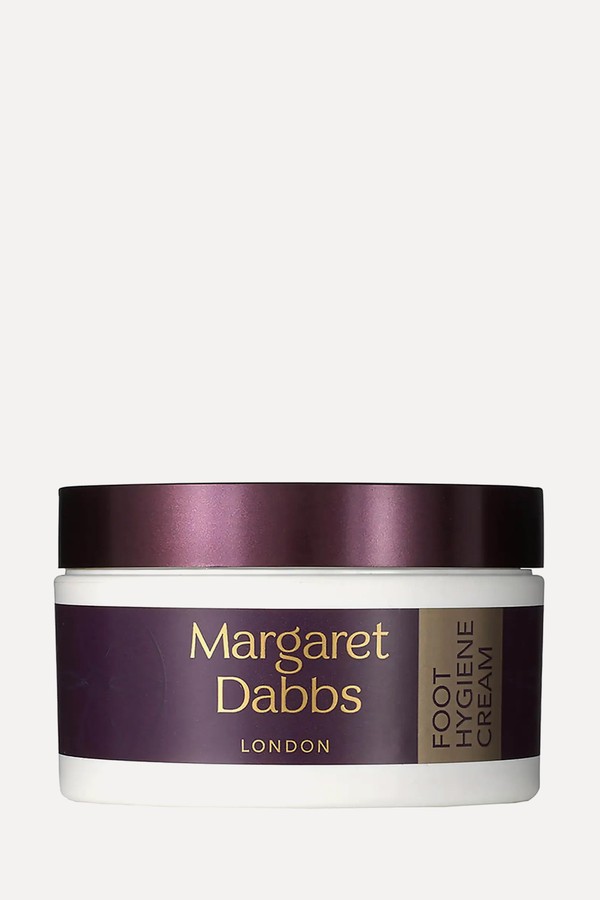
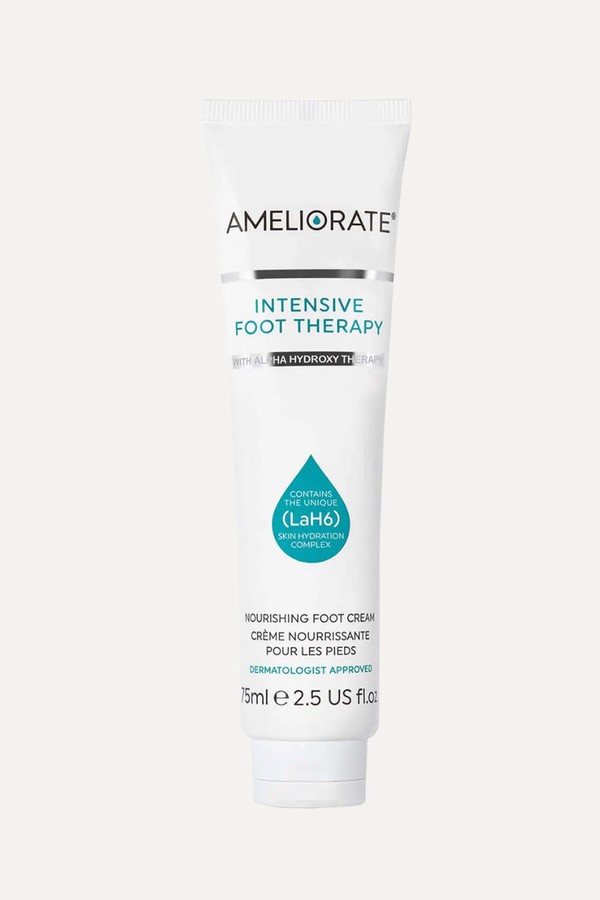
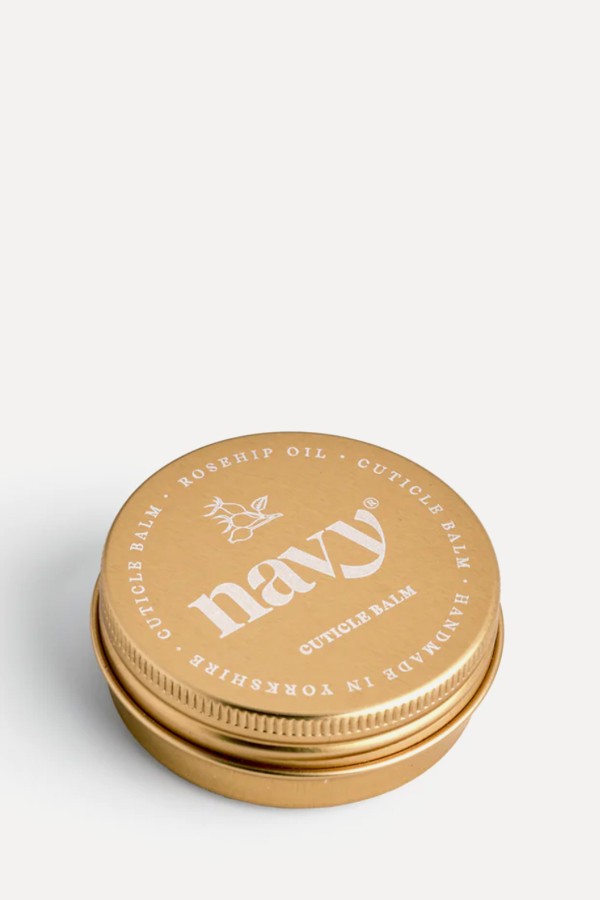
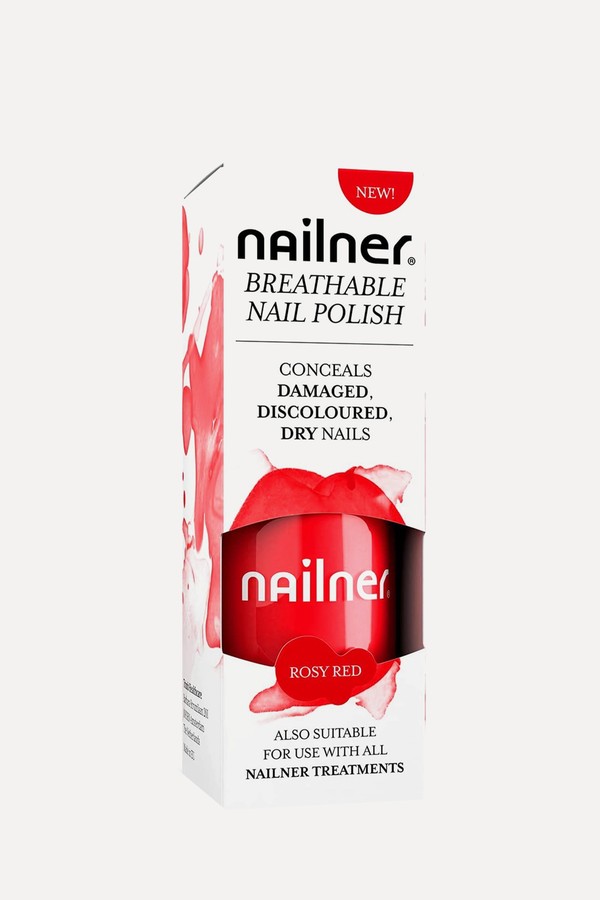
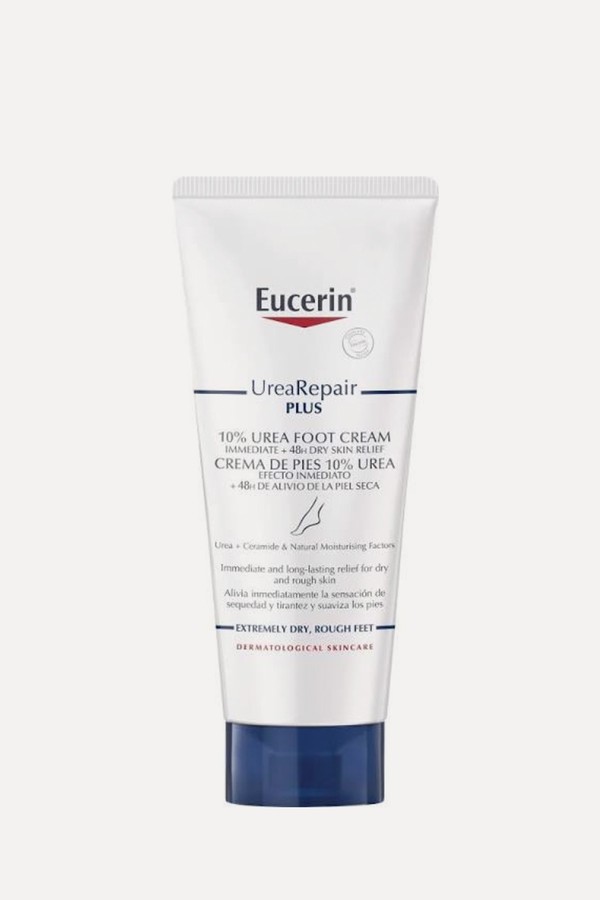
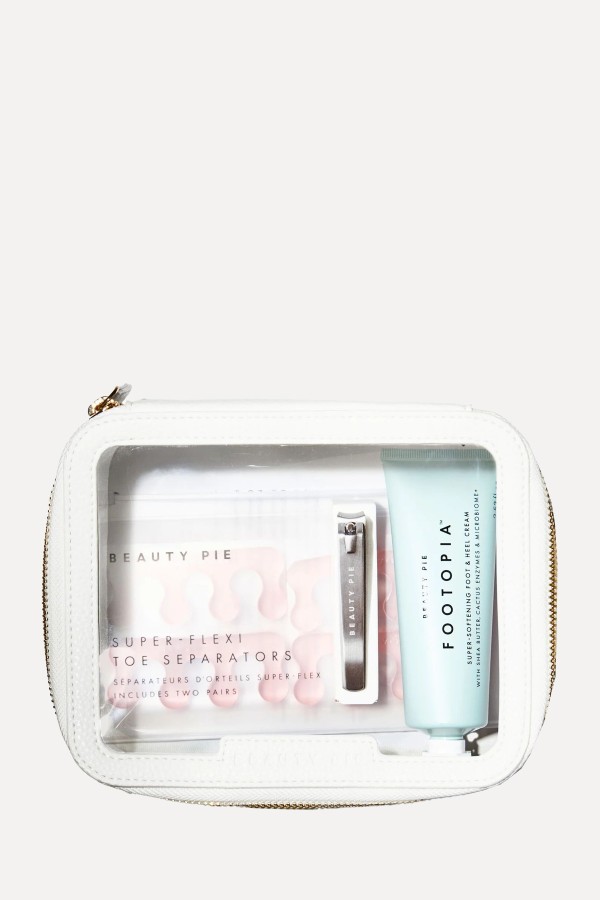
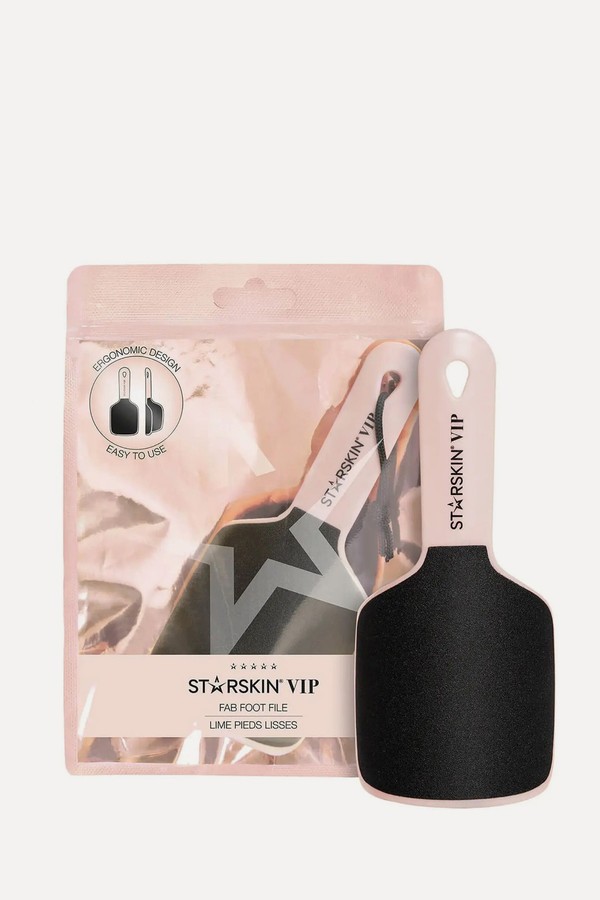
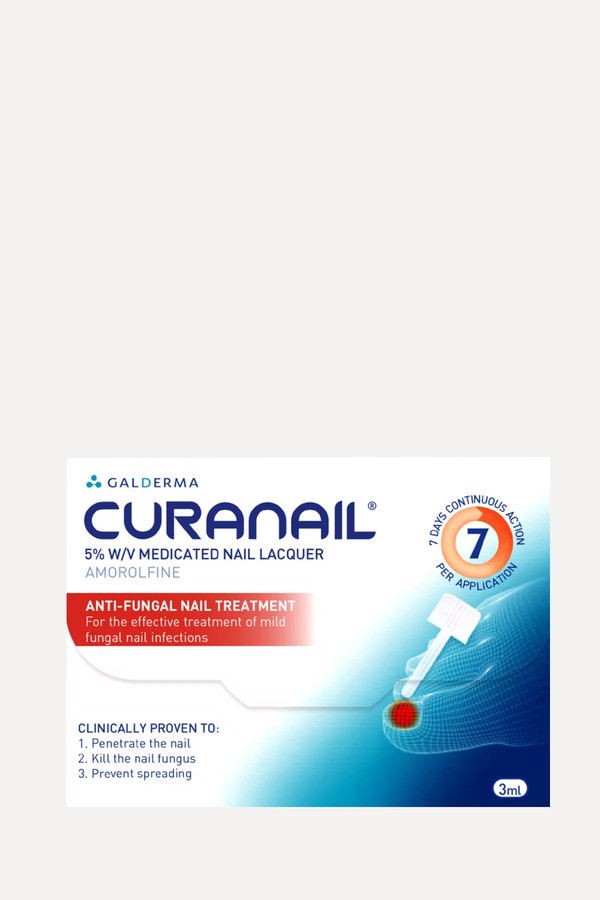
DISCLAIMER: Features published by SheerLuxe are not intended to treat, diagnose, cure or prevent any disease. Always seek the advice of your GP or another qualified healthcare provider for any questions you have regarding a medical condition, and before undertaking any diet, exercise or other health-related programme.
DISCLAIMER: We endeavour to always credit the correct original source of every image we use. If you think a credit may be incorrect, please contact us at info@sheerluxe.com.

